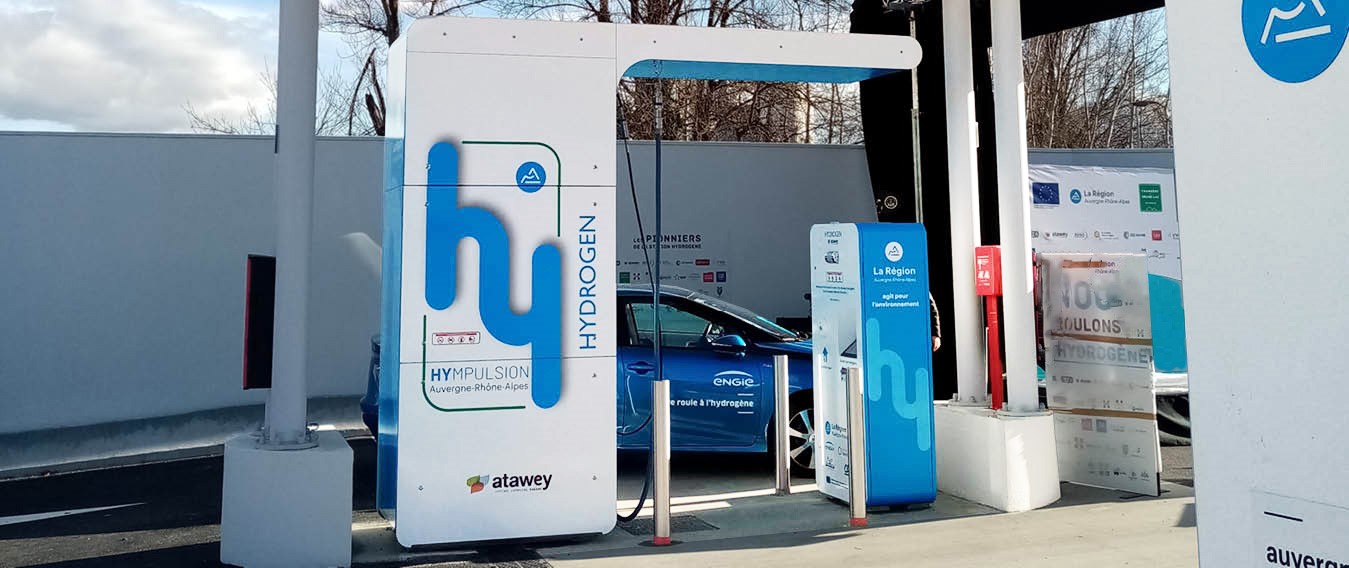ENGIE’s solution for the region: the creation of a hydrogen mobility market
In 2017, ENGIE partnered with the Auvergne-Rhône-Alpes region alongside Michelin, the Banque des Territoires and Crédit Agricole to create a complete hydrogen mobility ecosystem, bringing together production, storage and distribution infrastructures. The objective? Structuring the region’s hydrogen sector and to allow for a growing number of vehicles to travel using green hydrogen at competitive prices. “Zero Emission Valley” is the leading renewable hydrogen mobility project in France for captive professional fleets. Co-financed with European funds, the project is steered by ENGIE and its partners through the project company “Hympulsion”.
Did you know?
As a pioneer in clean energy, ENGIE primarily invests in local ecosystems to further the energy transition. “Zero Emission Valley” will not only contribute to developing the use of green hydrogen by the region’s industrial operators, but will also allow to generate jobs and create training centres, all while improving air quality!
“Zero Emission Valley will allow the Auvergne-Rhône-Alpes region to establish itself as the hydrogen leader in France and the catalyst for the deployment of this new technology”
Laurent Wauquiez, President of the Regional Council of Auvergne-Rhône-Alpe
Key figures
- 2 production electrolysers
- 20 distribution stations
- 450 light vehicles and nearly 150 heavy-duty vehicles powered by green hydrogen

